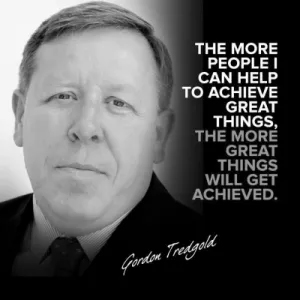
Over the years I have led and managed teams locally in the UK, Belgium, France, Holland, Czech Republic, USA and Germany, as well as remotely leading teams in India, Egypt, Austria, Malaysia, China, and Latin America.
I have also run multiple projects, change programs and leadership conferences involving many different regions both collectively as well as individually.
There is a great deal which is written about cultural differences; about our need to understand how different cultures think, act and communicate; in order for us to get the best out of our global teams.
How in some cultures they will say ‘yes’ even though they know it’s not possible, because they either want to please, don’t want to say ‘no’ or want to save face.
So it is true that we need to understand them, to ensure that we don’t put them into positions where they have over committed themselves or where they will fail, to ensure that we know our communications have been understood.
But more importantly, what I have also learned is that there is a great deal of commonality in what people are looking for from their leaders, irrespective of culture.
We do not really need to alter our styles of leadership depending on the culture we are dealing with.
In fact, we must not.
If we do that, then we are not being Authentic.
All cultures compare and contrast how they are treated compared others.
Any differences are quickly identified and can lead to divisions, a feeling of not being treated fairly, or being perceived as second-class citizens.
Additionally, if our teams see us treating people differently then they will do the same.
Remember the Leader sets the leadership culture.
We need to create a leadership culture that is respectful, fair, and supportive.
If we can do that then we will put ourselves in a great position to get the best out of our Global Multi-Cultural teams.
by Gordon Tredgold
